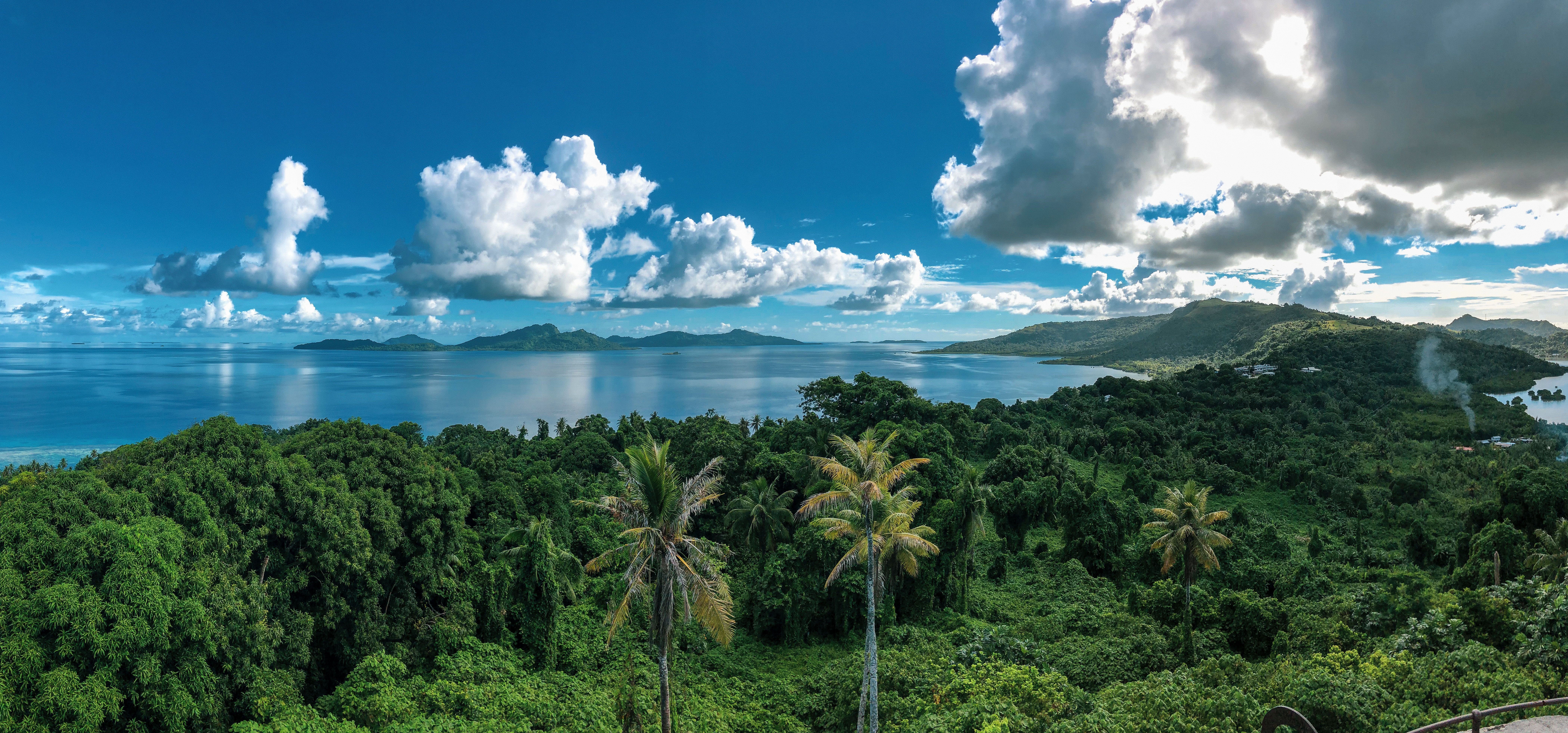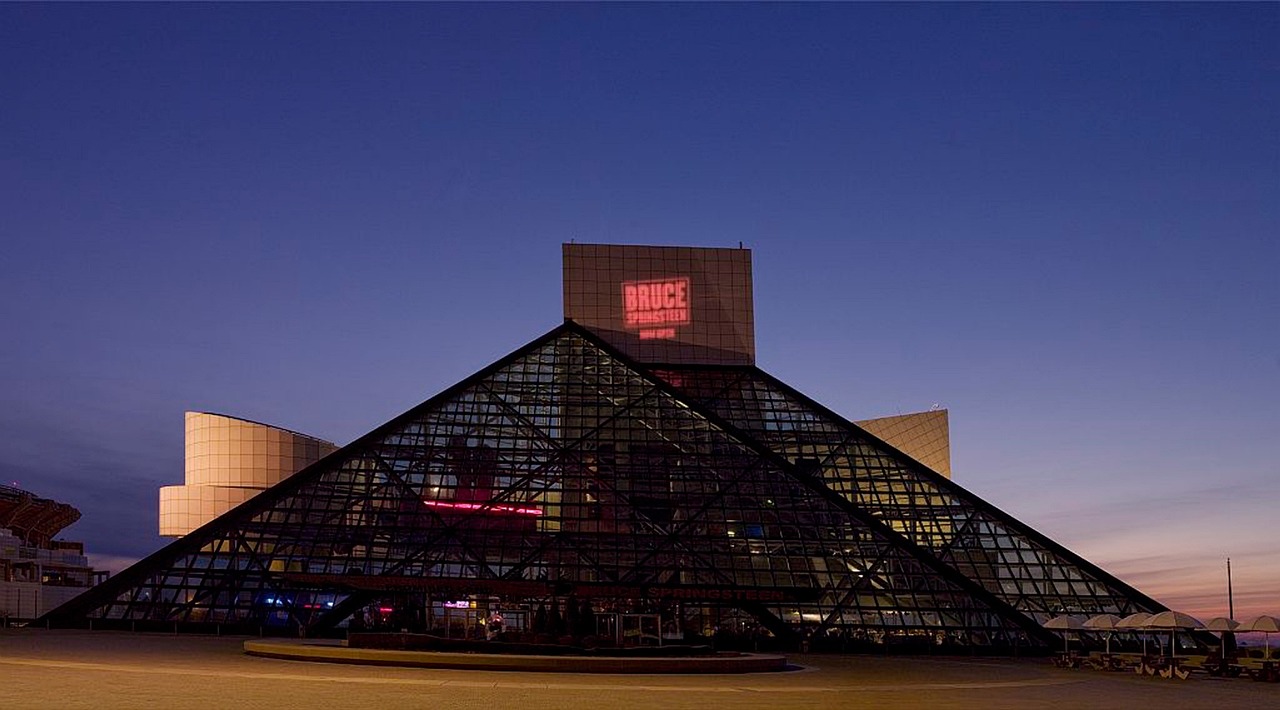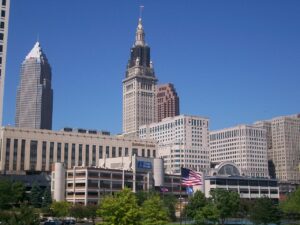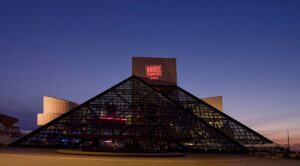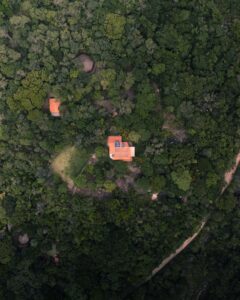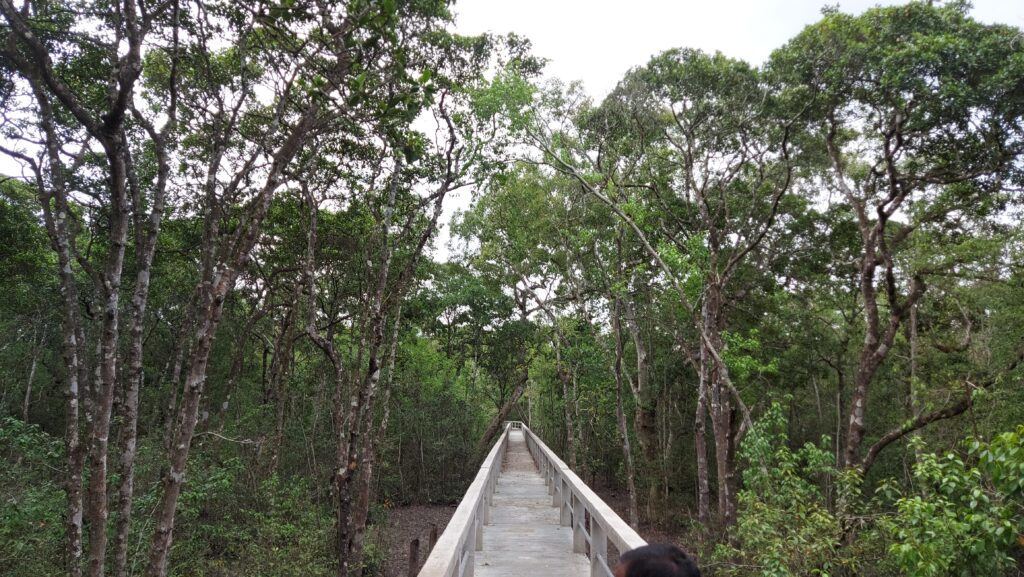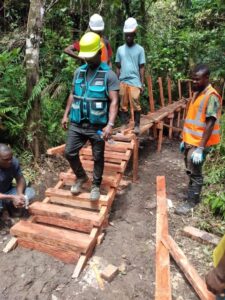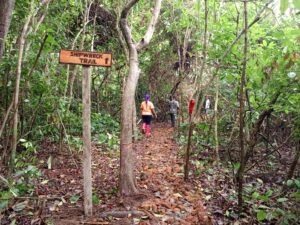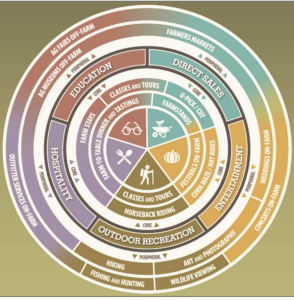The world is teeming with natural wonders that we must preserve for the benefit of life as we know it. In the post-lockdown world, an increasing number of tourists have planned travel to contribute toward a greener future. We have developed a stronger appreciation and yearning for destinations offering unfamiliar environmental opportunities. The ominous warning signs of climate change have accelerated our desire for ”last chance tourism,” driving us to observe animals and landscapes in danger–and to do our part to protect those ecosystems.
Conservation tourism emerged from the 1950s conservation movement, originally aimed at protecting “nature from people.” However, the definition of conservation has evolved to focus on enabling all life to thrive rather than solely preserving nature from human influence. Conservation tourism can generally be divided into three pillars: 1) wildlife conservation, 2) environmental conservation, and 3) cultural conservation. Wildlife conservation centers on travel to see specific species in their natural habitats. Cultural conservation focuses on heritage sites, and environmental conservation deals with national parks or landscapes. Above all, these tourists travel with the desire to conserve and regenerate natural resources. An analogous term is ecotourism, defined by the International Ecotourism Society as “responsible travel to natural areas that conserves the environment and improves the welfare of local people.” The ecotourism umbrella includes researchers, birders, safari-goers, hikers, and anyone wanting to travel to see nature conscientiously.
Due to demand, organizations, governments, and businesses have responded with trailblazing innovations in conservation tourism in recent years. The European Commission will announce the winners for “European Capital of Smart Tourism 2024” and “European Green Pioneer of Smart Tourism 2024” in November-December 2023. The former, aimed at larger cities, was created recently in 2019. The latter was launched just this May and geared toward smaller market destinations. Both incentivize European cities to build and maintain their attractions, pioneering innovations in conservation tourism with a greener future in mind.
Pioneering Technological Solutions in Conservation Tourism
Technology and artificial intelligence are advancing rapidly in all facets of the industry, and tourism is no different. Cruise lines and airlines are pushing toward carbon neutrality and negativity. Artificial intelligence generates visitor data and helps travelers choose the cheapest and most eco-friendly modes of transportation.
1. Zero Emissions and Regenerative Tourism
On the customer’s end, websites like Google Flights can indicate flights with fewer emissions and sort through thousands of data points to find the cheapest available flights. This makes destinations slightly easier for tourists to access and harms the environment less. Ecolodges, accommodations that are generally more environmentally friendly (built with local materials, emit less carbon, source local food, have policies in place to reduce waste, etc.), have multiplied recently in well-known ecotourism hotspots such as Costa Rica, Bali, and Ecuador.
Even beyond striving to reduce or curtail emissions entirely, a new term called “regenerative tourism” has emerged in recent years. The regenerative tourist uses their vacation to revitalize and grow the environment they are staying in, including the local population, and participate in projects that better their lives. This is a step beyond sustainable tourism; it is the most beneficial extreme. Liberia’s Kokon Ecolodge, which opened in April 2023, is 100% solar-powered and designed to waste as little energy as possible. In addition, guests have the opportunity to participate in sea turtle population surveys, and the meals and employees of the lodge are all local. All of these details are designed to regenerate Liberia’s environment and economy. These days, travelers who want to “leave no trace” on the atmosphere and the Earth’s surface are getting more options.
2. Cruise Lines and Airlines
Hurtigruten Group, a Norwegian cruise line, unveiled a ship in 2019 that cut carbon emissions by 20 percent. This year, it has spent 100 million dollars on green upgrades to its ships that will cut more emissions. Air New Zealand is electrifying some of its planes. Turkish Airlines has made waves by pioneering a method to grow carbon-negative jet fuel from microalgae plants.
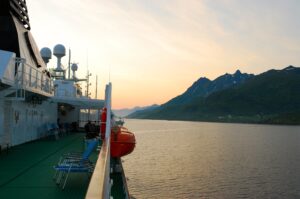
However, it is also important to remember that even with these initiatives, cruises, and airlines are some of the most detrimental forms of travel to the environment. Much of the airline/cruise industry’s new “carbon neutrality” is created by carbon offsets instead of making any meaningful reduction in carbon emissions. Instead of tackling the root of the problem, they develop new technology to mitigate its impact. A small minority are rolling out carbon-negative initiatives in truth, and even then, this perpetuates the notion that all we need to do to consume is to conserve. It prevents us from entirely rethinking our approach to conservation tourism and focusing on a model that benefits all.
Including Local Stakeholders in Conservation Tourism
Regenerative, sustainable tourism must include the environment but is not only geared toward helping the environment. One of the critical innovations in conservation tourism has been recognizing the value of invested local stakeholders. To preserve the integrity of a destination, one cannot simply prescribe a solution from the outside. To truly understand the needs of a place and those that live there, one must live for years in that place and face all of the challenges presented by coexisting with nature. These immediate challenges can obscure the greater good of long-term impact.

For example, in countries with essential populations of big cats like lions and tigers, local livestock herders kill them because they perceive them as a threat to their most fruitful source of income. However, when unsustainable tourism, such as game hunting, enters the area, the natural populations of these wild beasts suffer, and so do the locals. To address this conundrum, one solution may be to encourage eco-tourism in which new businesses extend invitations seeking local involvement. While the locals no longer kill the big cats, their involvement in the solution allows them to benefit even more greatly from the predators running free than from preventing damages they might cause.
Solimar International has been at the forefront of this innovation, pioneering community-based solutions in countries worldwide. Solimar worked with the Friends of Wallacea and the Guyana Tourism Authority to market their tours to intrepid ecotourists searching for adventure. Indigenous groups, such as the Warapoka people, organize these experiences to become self-sufficient in tourism as a critical income generator.
Local Stakeholders and Birding Tourism

International birding tourism can be as impermanent as the birds themselves. Bird species are in decline around the world. Without local enterprises or scientific resources, the communities around remote areas where rare birds reside have no incentive to study and preserve them. Parallelling other recent innovations in locally-driven tourism, the Audubon Society and the American Development Bank’s Multilateral Investment Fund have started an initiative supporting birding-focused guides and businesses in Latin America and the Caribbean. Piloting in 2017 in the Bahamas, Belize, Guatemala, and Paraguay, it analyzed where low-income areas and Important Bird and Biodiversity Areas (IBAs) overlapped. The results have been encouraging so far. It has now expanded to other countries in the Americas, including Colombia, the country with the most bird species worldwide.
Uplifting Less Commonly Visited Places
Another favorable recent innovation in conservation tourism has been the uplifting of less commonly visited places as ecological hotspots. This has always been a priority, but increased online resources and visibility inspire visitors to get more off the beaten path. With a strategic marketing plan driven by local stakeholders, locations previously starved of tourism can make a name for themselves as protectors of environments unlike any other.
Solimar International has pioneered this approach, helping destinations get on their feet and establishing the foundation for sustainable conservation projects. In Tanzania, the northern parks receive the most visitors, so Solimar worked with the Ministry of Natural Resources and Tourism in 2020 to entice them to the southern circuit of protected areas. Solimar is currently facilitating conservation tourism projects in the Sundarbans of Bangladesh, the world’s largest mangrove forest and critical terrestrial and aquatic life habitat. Solimar is collaborating with USAID and local communities in Liberia to develop and market its ecotourism industry.
DMO Development
Less commonly visited places, with good experience development and marketing, can begin to receive a steady flow of tourists and become more commonly visited. This is where Solimar International’s DMO development solution comes in. According to Solimar, the function of a DMO (Destination Management/Marketing Organization) is to manage tourism in a specific area in a collaborative way that promotes long-term sustainability. The presence of a centralized organization dedicated to tourism from within a community is crucial. From start to finish, it allows local stakeholders to have an important say in how their destination develops and builds a brand identity that complements their values. Destination Dahar in Southern Tunisia, ATKOMA in Ataúro Island, Timor-Leste, and Sugar River Region in New Hampshire exemplify this philosophy in action.
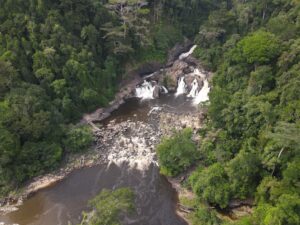
Conservation Tourism is an increasingly important element of sustainable tourism approaches in actively contributing to biodiversity conservation, protection, and restoration. Although it has been around for decades, a perfect storm of leaps in technology, eagerness to travel, and concern for the environment have it flourishing before our eyes. We at Solimar International are proud to advance as a company and fulfill our mission of connecting cultures and driving global economic growth through supporting innovations in conservation tourism in the areas that need them most.
